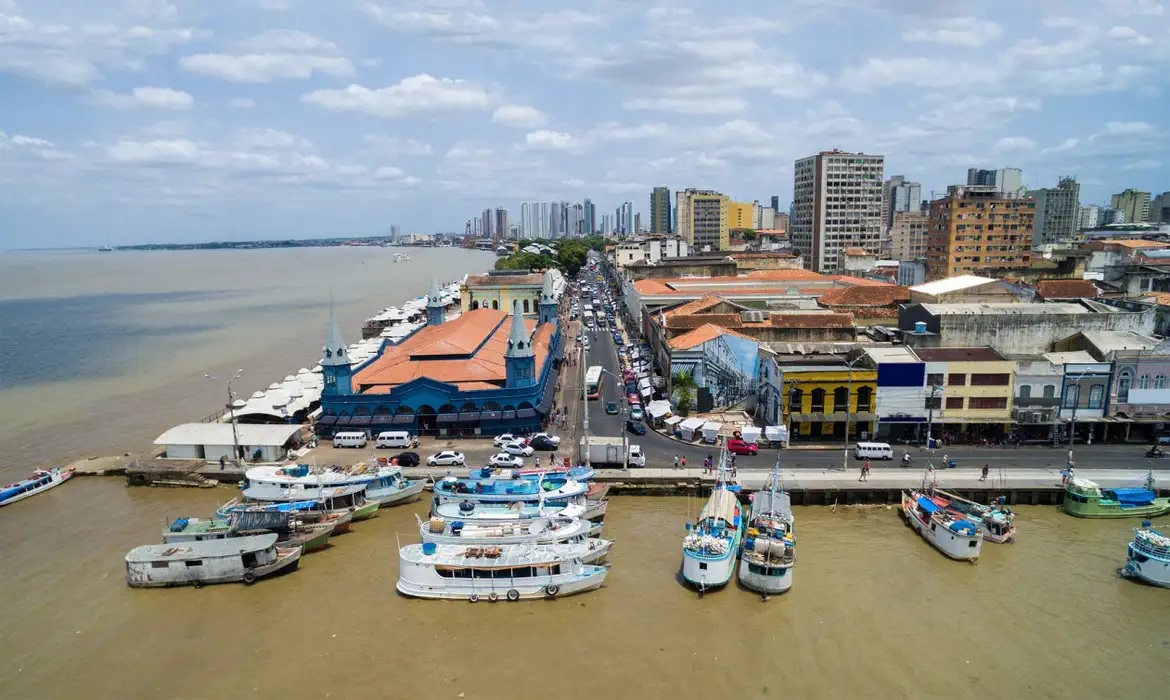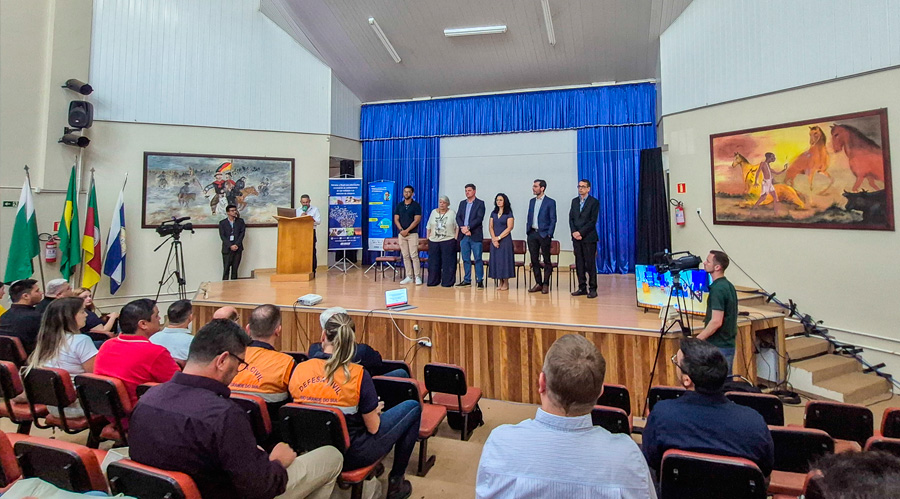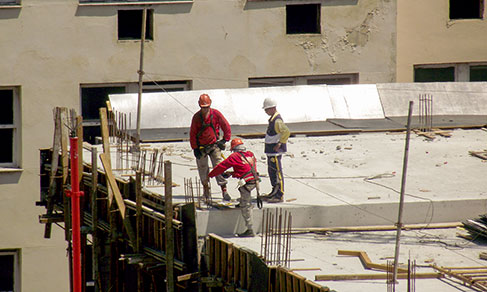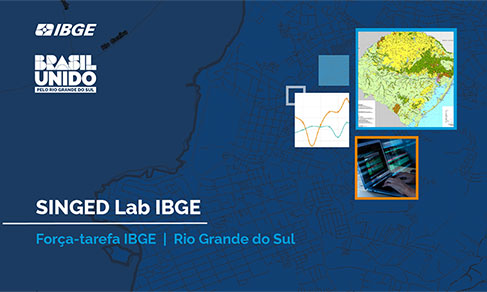PAIC
Employment grows, but salaries fall in Construction Industry in 2020
June 15, 2022 10h00 AM | Last Updated: June 23, 2022 12h41 PM
Highlights
- In 2020, the country had 131,809 construction enterprises, which employed 2.0 million persons. Compared to 2019, the number of enterprises grew by 5.4% and the number of employed persons increased by 3.8%.
- Among the Construction segments, the infrastructure sector was the one that grew the most in terms of job creation, with a 10.9% increase in the number of employed persons. Employment in the specialized services sector fell by 3.3%.
- The total amount of salaries, withdrawals and other compensation paid by Construction was R$ 58.7 billion, with a highlight to the infrastructure sector, which represented 37.1% of this amount.
- In terms of minimum wages, the average monthly salary in Construction fell to the lowest level in the series started in 2007: 2.2 minimum wages in 2020.
- The value generated by the Construction sector reached R$325.1 billion in 2020, of which R$ 304.4 billion in works and/or services (93.6%) and R$ 20.7 billion in developments (6.4 %). Of the value generated by works and services, 70.2% come from contracts with individuals and/or private entities (R$213.7 billion), and the rest by public entities, whose share dropped from 30.1% in 2019 to 29.8% in 2020.
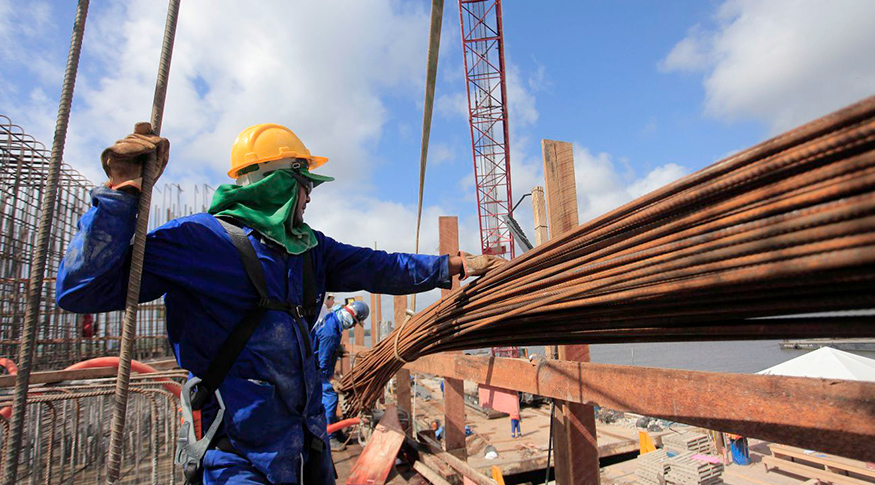 The infrastructure segment was the one that grew the most in terms of occupancy, with an increase of 10.9% - Photo: Maycon Nunes/AgPará
The infrastructure segment was the one that grew the most in terms of occupancy, with an increase of 10.9% - Photo: Maycon Nunes/AgParáThe Construction industry generated R$325.1 billion in value of developments, works and/or services in 2020, of which R$304.4 billion in works and/or services (93.6%) and R$20.7 billion in developments (6.4%). Between 2019 and 2020, the Annual Survey of Construction Industry (PAIC) showed stability in the share of Infrastructure Works in the value generated by the sector: from 32.0% to 32.7%. Construction of buildings increased from 44.7% to 45.3% and Specialized services for construction was the only one to have a reduction: from 23.3% to 22.0%.
“The Infrastructure Work segment was the main segment of the sector, but fell to second place, with a loss of nine percentage points (pp) between 2011 and 2020, being surpassed by construction of buildings that gained 5.4 pp. This change occurred already in 2012”, says the survey analyst, Marcelo Miranda.
Other structural changes are the growth in the participation of the private sector and the drop of 8.7 pp the participation of the public sector as a demander of construction works and/or services. This occurred in the three segments of the construction industry, but more intensely in infrastructure works (-7.9 p.p.).
“Historically, Construction of Buildings and specialized services for construction are more focused on the private sector, and the public sector is more present in infrastructure works, but even in this segment, the private sector has grown in participation”, completes the analyst.
From 2019 to 2020, number of employed persons in Construction grew 3.8%
In 2020, the sector employed 2.0 million persons, an increase of 3.8% (71.8 thousand more workers) compared to 2019. Most (35.3%) of the sector's workers were in Building construction, whose number of employed grew 4.9% compared to 2019.
“But the segment of infrastructure works had the highest percentage growth in the number of workers (10.9%), while specialized services had a reduction of 3.3%”, says Mr. Miranda.
Among the three segments of the Construction industry, Infrastructure works was the one that paid the highest salaries, corresponding to 37.1% of the total. Construction of buildings came next with 32.3%. The salary in Specialized services for construction was 30.6%.
Mr. Miranda compares PAIC data with other surveys to show how resilient the construction sector has been despite the crises. Of the R$325.1 billion generated in value from developments, works and/or services in 2020, R$147.3 billion came from the Building Construction segment; R$ 106.3 billion, from Infrastructure works; and R$ 71.4 billion, from Specialized services for construction.
The Construction industry had 131.8 thousand active enterprises in 2020. There was a significant increase (6.7 thousand more enterprises) compared to 2019 (125.1 thousand). In relation to 2011, the number of enterprises in the sector grew 41.2%.
“Despite the overall negative effects of the pandemic, the construction sector had a diverse performance. Federal, state and municipal decrees included construction in the list of essential activities, allowing the continuity of works during the pandemic. Public policies to stimulate the economy and subsidies to maintain jobs may have minimized the effects of the crisis”, summarizes Mr. Miranda.
He notes that in 2020, the Gross Domestic Product (GDP) fell by 3.9%. However, analyzing the index of sales volume of construction materials, there is an increase of 10.8% according to the Monthly Survey of Trade (PMC).
Construction salareis fall to the lowest level of the series started in 2007
Enterprises of the sector paid R$58.7 billion in salaries, withdrawals and other compensation in 2020, the majority (37.1%) in Infrastructure works. Between 2019 and 2020, the average monthly salary in the Construction industry went from 2.3 to 2.2 minimum wages. Infrastructure works had the highest compensation (2.6 m. w.); while Construction of buildings and Specialized services for construction paid 2.0 m.w., on average, in 2020. “The year 2020 had the lowest salaries in the time series”, points out Mr. Miranda.
In 2011, the eight largest enterprises accounted for 11.0% of the value of developments, works and/or services in the sector, a share that fell to 4.8% in 2020. As of 2011, especially in the Infrastructure works sector, there was a 15.3 pp reduction. In ten years, there was also a reduction in the average size of enterprises in the three segments: Construction of buildings fell from 31 to 13 persons and Infrastructure works reduced from 98 to 45 persons. “In relation to 2019, there were no major changes,” says Mr. Miranda.
Regional Data
The Southeast Region continues to be the main one in terms of number of employed persons (894,655 workers) and in value of developments, works and/or services (R$ 140,523,481).
“By Federation Unit, from 2011 to 2020, the main highlight is Rondônia, whose share dropped from 27.6% to 6.9%, due to the end of works on the large hydroelectric plants on the Madeira River. Pará (from 33.9% to 52.3%) and Amazonas (from 19.7% to 23.9%) gain share”, points out the researcher.
In the Northeast Region, the highlight was the loss of participation of Pernambuco, from 25.7% to 16.0%. In the Southeast, São Paulo continues to be the main FU, with a share of 55.5%, which remained stable. “But there was a strong loss of participation in Rio de Janeiro, which is no longer the second state in the region, falling from 21.6% to 14.6% and losing its position to Minas Gerais (25.6%)”, completes the analyst.
In the South Region, there was no structural change; while in the Central-West, there was a loss of participation in Brasília, from 32.9% to 26.9%, and gains in participation from 15.6% to 22.7% in Mato Grosso and from 35.9% to 37.4% in Goiás.
More about the Survey
2020 PAIC is the 30th edition of the survey started in 1990, having gone through several methodological evolutions. Prior to that date, construction industry surveys were based on Population Census data. In 1990, the first edition of PAIC used the 1985 economic census selection register. In 1996, PAIC began to investigate all enterprises in the sector with 40 or more employed persons, already using the National Classification of Economic Activities (CNAE). In 2002, the IBGE also started to use probability sampling. In 2007, there was a change from CNAE 1.0 to 2.0 and PAIC started to adopt a new version. In 2022, PAIC reached its 30th edition with construction industry data from 2020, an atypical year due to the effects of the pandemic.






